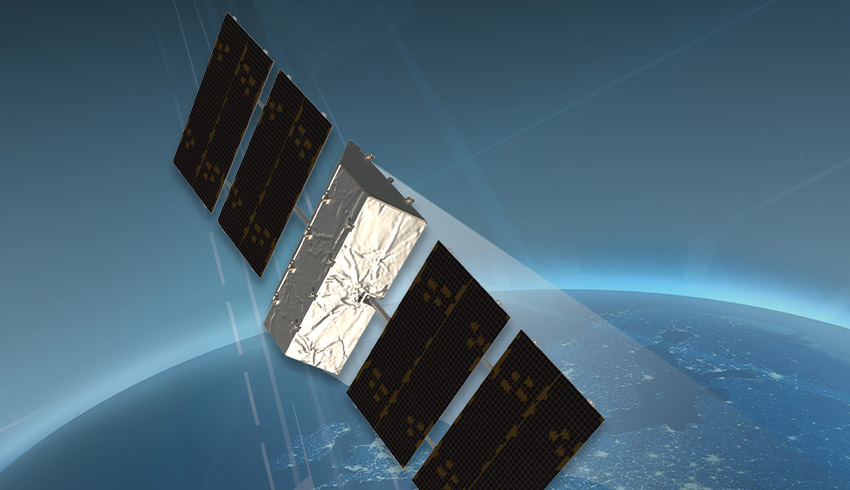The US$187.5 million contract for Transport Layer’s Tranche 0 is an initial test and demonstration phase, with two prime contractors building a total of 20 satellites.
As the first step towards building an interoperable, connected secure mesh network, it will help enable Joint All-Domain Operations, allowing warfighters to stay ahead of emerging threats. By linking nodes together, seamless connectivity is created between all domains, much like today’s smartphones.
Kay Sears, vice president and general manager of Lockheed Martin Military Space, said, "We see a world across all warfighting domains where fourth and fifth-generation fighters and tactical forces on the ground can connect seamlessly with holistic situational awareness."
The 10 satellites, operating in low-Earth orbit, will provide secure high-bandwidth, low-latency data links. Additionally, new Link 16 network connectivity will be introduced to space.
This capability will connect to systems that include fighter aircraft like F-16, F-22, and F-35, missile defence networks like PAC-3 and THAAD, weapons systems, and Integrated Air and Missile Defence (IAMD) networks, and will provide sensor-to-shooter targeting and situational awareness for tactical land and maritime warfighters.
This beyond-line-of-site tracking, targeting and communications will dramatically extend US warfighting options and allows additional coalition and allied partners to eventually bring their capabilities into the network.
Interoperability extends into space with prospective data connections to commercial satellite communications and other military protected SATCOM systems, which will require close partnership with multiple companies across industry.
"Interoperability and battlespace connectivity are critical to staying ahead of our adversaries," Sears added.
Each Transport Layer satellite will be fully software defined, using SmartSat, Lockheed Martin’s software-defined platform that makes it easier to dynamically add and quickly change missions in orbit through simple app uploads.
The satellites will also be fully cyber hardened from day one using Lockheed Martin’s Cyber Resiliency Level model to identify cyber strengths and weaknesses so they can be addressed early in the design process.
The Transport Layer contributes to resilience in space communications. Mission resilience comes from being able to form a seamless network of networks, with network nodes spanning multiple domains and services provided via multiple tactical data links, making it much harder for an adversary to disrupt because of network diversity and node distribution.
Headquartered in Bethesda, Maryland, Lockheed Martin is a global security and aerospace company that employs approximately 110,000 people worldwide and is principally engaged in the research, design, development, manufacture, integration and sustainment of advanced technology systems, products and services.

